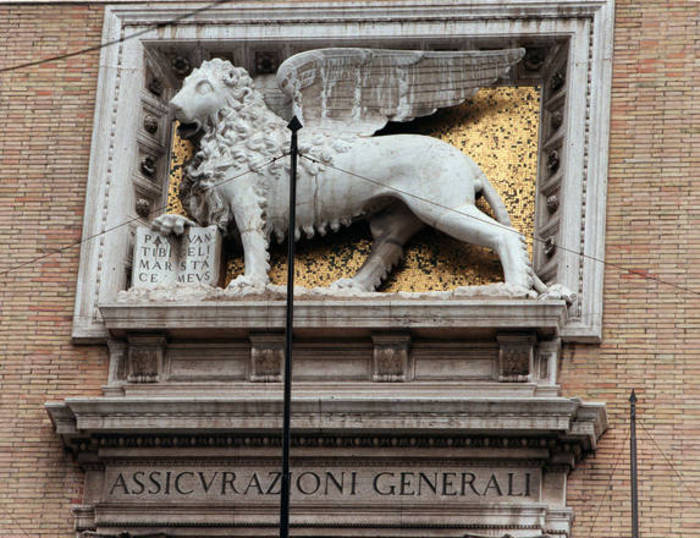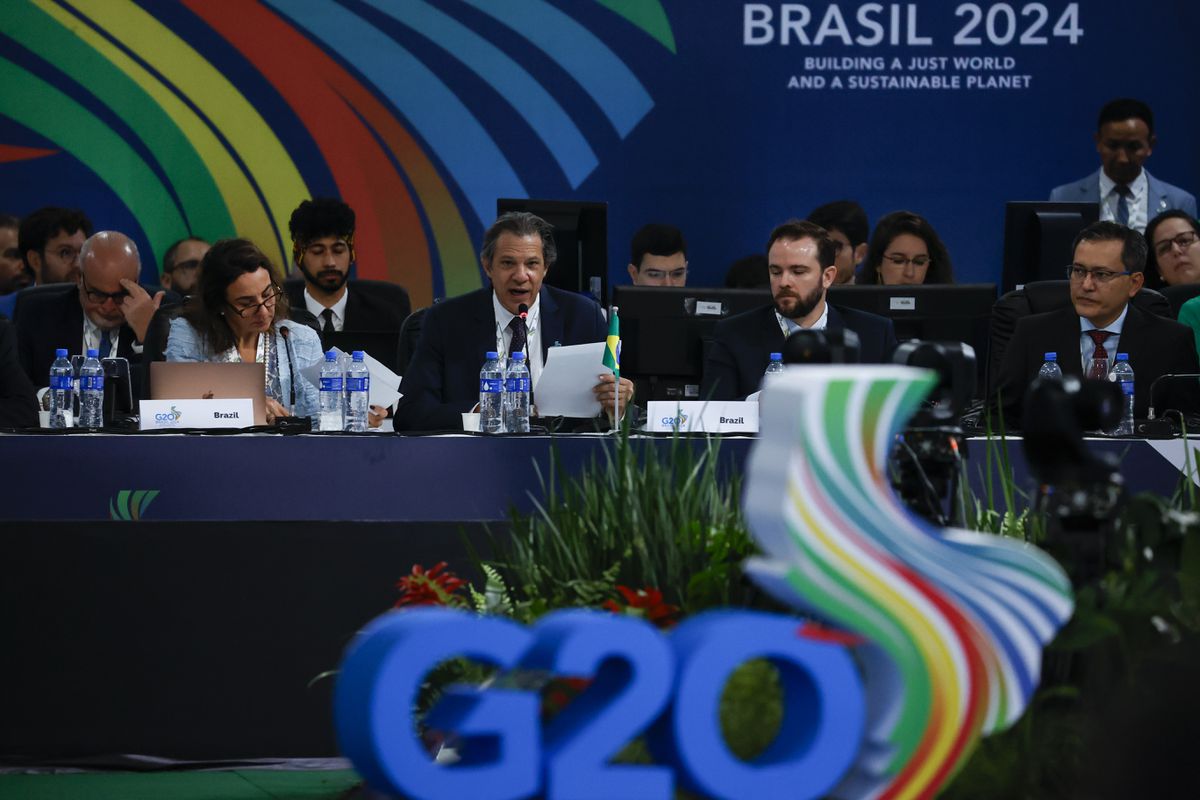For the first time since the financial crisis of 2008, global private wealth shrank last year. This was determined by the insurance group Allianz in its Global Wealth Report 2018. Accordingly, global gross financial assets decreased by 0.1 percent year-on-year to 172.5 trillion. While this is not a dramatic decline, it is the first time in eleven years that household wealth has risen.
According to the Allianz study, the decline in stock market prices worldwide in 2018 is to blame for the negative result. Businesses suffered heavily from the mounting trade war between the US and China, the Brexit disputes and mounting political tensions across the globe. Nothing hurts investors so much as uncertainty, so they sold many stocks.
A look at Germany shows the trend: In 2018, the German stock index (Dax) alone lost more than 18 percent, compared to more than 12 percent the year before. In China, the stock markets slumped even more sharply last year. As a result, private household assets sank particularly sharply there, falling by 3.4 percent in 2018, according to the study.
Assets declined worldwide, although people around the world saved more. Thus, the total value of global savings increased by 2.2 percent and totaled 2700 billion euros. Due to the falling stock prices, the assets shrank anyway.
Far ahead were the savers from the US, which increased their investments by 46 percent, to a gigantic $ 1800 billion. According to the authors of the study, this is due to the US tax reform passed in January 2018 by US President Donald Trump and the associated tax benefits such as the reduction of the top tax rate and the increase of the tax on inheritance tax.
While wealth worldwide shrank, household debt grew for the tenth year in a row. According to the study, they rose by nearly six percent in 2018. Overall, household liabilities in 2018 were just under 43 trillion euros.
In addition, the Global Wealth Report shows that the asset gap between the industrialized nations and the emerging economies has increased again. After private assets gradually approached by 2016, growth in emerging markets in 2018 was below that of the industrialized nations for the second year in a row , In 2018, the emerging market share of global financial assets was barely 18 percent - just as much in the previous year. The years of rise of the emerging countries has stalled.
Altogether, however, little has changed in the distribution of wealth in the past year, says the study. The global number of middle-income people, as in the previous year, is 1040 million. That's almost one and a half times as many as the beginning of the millennium.
However, over the past two decades, the regional composition of the strata has changed dramatically. As a result, the proportion of Asians in the global middle class has increased by 20 percent, while the proportion of Westerners, North Americans, Western Europeans and Japanese, has fallen by the same amount.
Also, the number of wealthy people has increased in the last two decades, by 30 percent to 580 million people. While at the beginning of the new millennium, mainly Western Europeans, Americans and Japanese belonged to this class, today they account for only just under 70 percent. A quarter of the rich now come from China.
USA and Switzerland are the richest countries in the world
China still does not find itself among the richest countries in the world. This is shown by a look at the net financial assets, ie the number one receives, if one deducts the debts of the gross financial assets.
The richest countries in the world remain Switzerland and the US - at least in terms of average net financial assets per capita. Germany ranks 18th (see chart).
The view changes when you take the median instead of the average, that is, the central value at which one half of the population has more assets and the other less (click on the Median button in the graph). Then, for example, states with a very unequal distribution of wealth slip down. This is true for the USA, but also for Denmark, for example. Germany also falls three places in 20th place.









